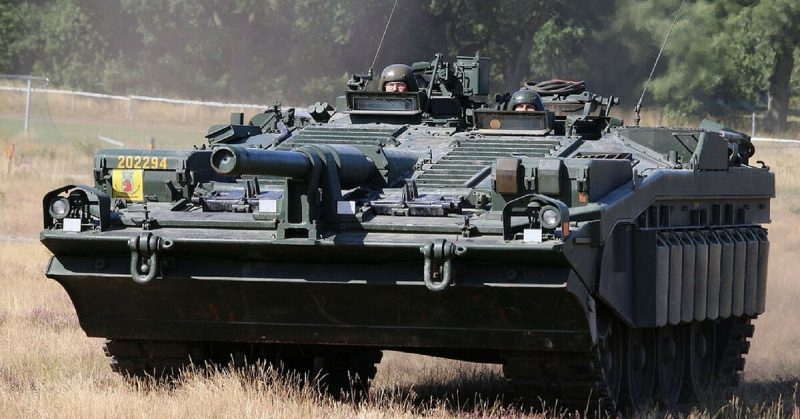A turretless tank? Surely, that is an assault gun or a tank destroyer? Not in this case. The Stridsvagn 103 – popularly known as the S-Tank – was a Swedish Cold War design.
It utilized highly developed suspension for elevation, while the tracks traversed the gun, making it very mobile and precise, despite its lack of this essential part.
Produced at the height of the Cold War, it took over the combat role of other main battle tanks of the Swedish Army.
The S-Tank was the only tank to abandon the use of a turret since WWII. Such a daring decision requires an explanation.
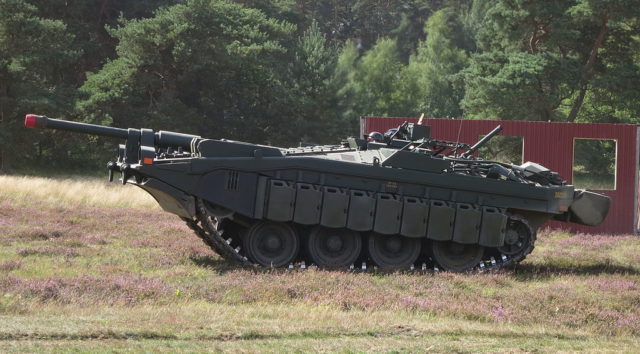
This strange design gave the tank a very low profile and a high speed of 60 km/h (37 mph). Other militaries were focused on producing weapons which would guarantee the best kill rate, while the Swedes went in a different direction.
Their concern was the safety of the crew, not the firepower of the tank. Not that the S-Tank lacked firepower. Their idea was to produce a fast- moving, versatile and precise tank that was easy to hide. They wanted to achieve the element of surprise in case of a Soviet invasion.
During the 1960s this was a realistic scenario for Sweden. The country was not (and is still not) part of NATO. It defends its long history of neutrality. However, such neutrality was threatened by the often unpredictable actions of the USSR during the years of the worst East-West diplomatic relations.
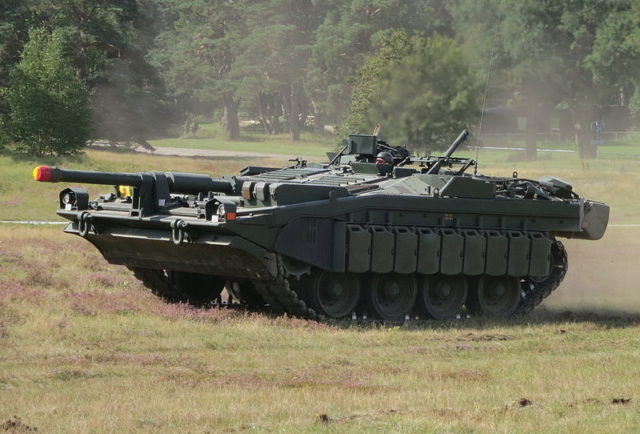
The Stidsvagn 103 was produced from 1967 until 1971. In this period 290 S-Tanks were built. A tank that was no more than 2.14 m (7 ft) high was ideal for camouflage.
The decision to abandon the turret was made after studying the casualty rate from WWII and the Korean War. In both conflicts, tanks were most often destroyed when their turrets were hit.
This led to the conclusion that height was the primary factor which exposed the tank and made it vulnerable to enemy fire. After considering options which included an oscillating turret, the Swedish designers decided not to include it at all.
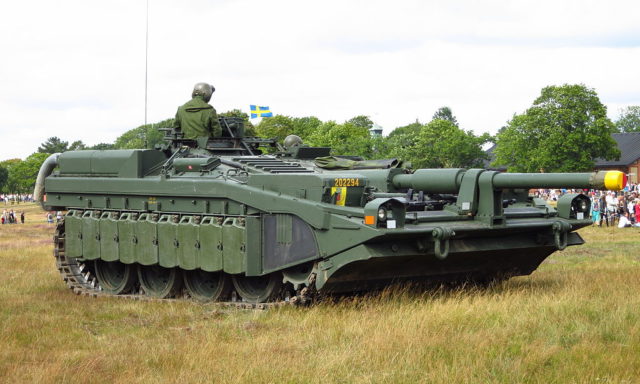
Its main armament was the Bofors 105 mm L74 rifled gun, joined with three medium machine guns. Two of these guns were fixed as anti-infantry support, while one was intended to provide initial defense against aircraft and helicopters.
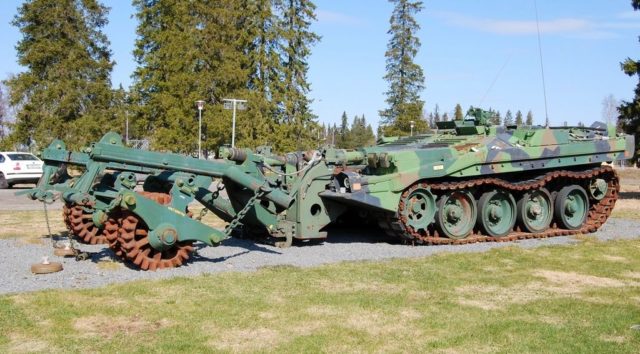
The S-Tank was designed to be as safe for its crew as possible. Its armor was extremely sloped, which provided protection equivalent to 192–337mm thick armor. Its armor was actually between 90 and 100 mm.
The low silhouette reduced the chance of a direct hit significantly, as the designers relied on the enemy to miss its target. It was also fully amphibious, which made the tank very adaptable.
Its performance was deemed excellent on rough terrain and it was to be the first line of defense against any potential threat to Sweden.
Although the tank never saw combat, it was part of the Swedish tank arsenal for 30 years, from 1967 to 1997, when it was replaced with the Swedish-built Leopard 2 tank and its successor, the Stridsvagn 122.
